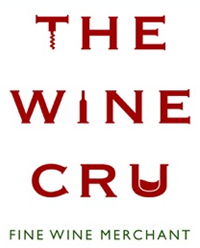The region of Bordeaux produces some of the worlds greatest wines, largely all blends of three or four different grape varieties for red wines and two or three for white wines. The amounts vary depending on the commune in which they are grown and preference of the individual estate or winery. Here is a little look at the main players.
Cabernet Sauvignon: Tannic structure and blackcurrant flavour. It is the main grape on the left bank (Haut Medoc) side of the Gironde River. Blended with other varieties, particularly Merlot, to create complex and age-worthy wines.
Merlot: Soft, plummy flavours and lower tannin levels. It is grown more on the right bank of the Gironde River, although it is used in the blend of most Bordeaux wines.
Cabernet Franc: Floral and herbal aromas and a high acidity. Some wines from Saint Emilion and Graves use a high proportion in the blend, but it is usually 10% or less for most of the region.
Petit Verdot: Dark in colour and high tannin levels. Many properties use a small, 5% or less, in their wines
Malbec: Another dark coloured grape with rich, fruity flavours. It is not as commonly grown in Bordeaux as the other varieties listed, but it is sometimes used in blends. Climate change is leading some properties to increase the amount grown as it deals better with the rise in temperatures experienced in the region.
Sauvignon Blanc: Grassy and herbaceous flavours, and high acidity. Blended with Semillon to produce most sweet and dry white wines.
Semillon: Rich, buttery flavours and again high acidity. Adds a rounded plumpness to the blend of both dry and sweet wines.
For the sweet wines the grapes are left on the vines until noble rot sets in. Noble rot is a condition in which grapes are deliberately affected by Botrytis cinerea, resulting in the shrivelling of the ripened grapes, which in turn leads to an increased sugar content.
Along with a fairly long list of other grape varieties allowed to be included in Bordeaux wines, six new varieties have been added to the approved list by the French Appellation body, the INAO. This is to help the growers and producers adapt to the effects of climate change.

